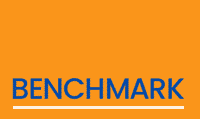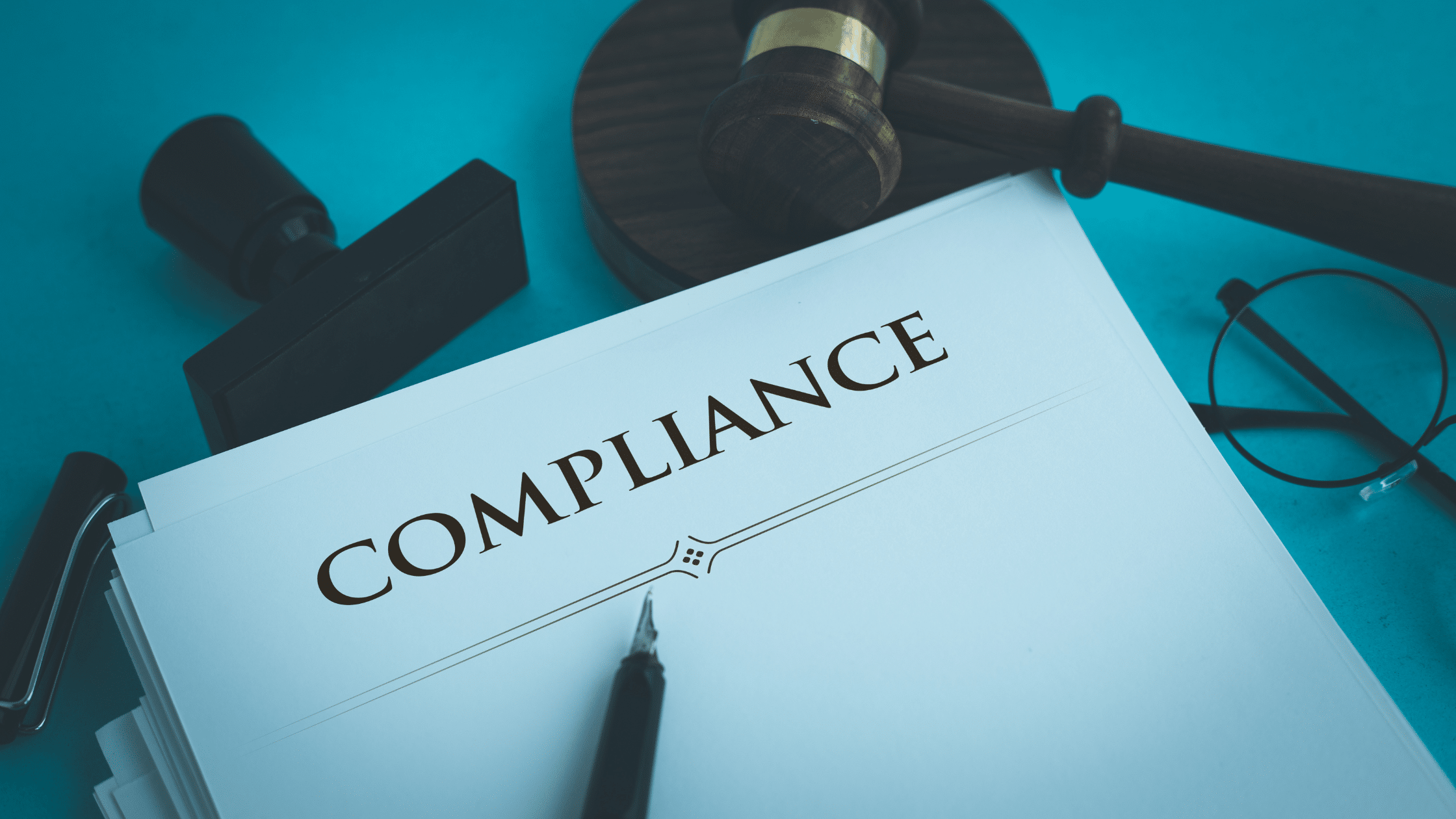“Healthy Homes” is a catchphrase that we have all become extremely familiar with since the Residential Tenancies (Healthy Homes Standards) Regulations were declared and came into effect on 1 July 2019.
But what exactly is healthy homes and what does this legislation aim to achieve? The spirit and letter of these regulations is to narrow the quality gap between rental properties and owner-occupied homes. In brief, it is the guidelines introduced stating the specific minimum standards for heating, insulation, ventilation, moisture ingress and draught stopping on all rental homes.
By way of background, research had shown that rental properties were of a much poorer quality than owner occupied homes. Research also revealed a link between cold, damp, and mouldy homes and negative health outcomes, particularly for those who suffer with asthma and cardiovascular conditions. With approximately 600 000 rental properties in New Zealand, the impact on the health sector was potentially enormous.
The benefits of implementing the healthy homes standards was therefore two-fold: improving the quality of rental properties so that the households that rent in New Zealand have warmer, dryer places to call home and ultimately lower maintenance costs for owners.
By improving the quality of rental homes, by ensuring that properties are healthier and safer, New Zealanders who rent should experience improved health, lower medical costs and lower levels of hospitalisation and thereby bring relief to an over-burdened health care system. In turn, warmer and drier homes are also less likely to have issues with mould or mildew better protecting a landlord’s investment.
Landlords were given a timeframe by which they were required to comply to the standards set down. Benchmark Property Management have been working with owners to ensure that they met the targeted dates for compliance. There had been two targets a landlord must work towards; all homes must be fully complaint by 1 July 2023 OR if there is a new or renewed tenancy before this date, then the compliance requirements are brought forward to be completed within 90 days of this tenancy change.
However, on the 12th of May 2022, amendments making changes to the heating, ventilation, moisture ingress and drainage healthy homes standards came into effect. Private landlords who had a compliance date before that time still needed to comply with the initial healthy home standards. All rental properties who met the existing standards were not required to do any additional work to comply with the changes.
In November 2022 the deadline for compliance was extended for all private rental homes to the 1st July 2025 and all properties that are not compliant can now meet the revised standards and the extended timeframe of 120 days for a new or renewed tenancy.
A summary of the amendments to the standards is listed below.
Heating:
A new heating formula applies to:
- Properties built to the 2008 building code.
- Certain apartments which are a part of a residential building of at least 3 storeys and have 6 or more commercial or residential units.
- Properties where the insulation and glazing has been installed throughout, so that it now meets or exceeds the 2009 insulation and glazing standards.
All other rental properties must use the original formula.
Ventilation for kitchens and bathrooms:
The ventilation standard now allows properties with certain continuous mechanical ventilation in kitchens and bathrooms to meet the ventilation standard.
Moisture ingress and drainage:
Property owners are not required to install alternative moisture barriers where installation of a polythene barrier isn’t reasonably practicable to install in the subfloor area.
Compliance:
Landlords who are yet to comply with the healthy homes standards can comply using the updated standards regardless of the property’s original compliance deadline.
As the Compliance Statement forms part of the Tenancy Agreement, landlords who have already completed a compliance statement at the start of the tenancy, and who wish to make any changes, will need to discuss the proposed changes with their tenant and obtain their consent. Should the tenant agree to the changes, these changes must be submitted in writing to the tenant. If the tenant doesn’t agree to the changes, then the landlord must comply with what is in the original compliance statement even though the updated standards may not be required.
As a landlord, you could be fined up to as much as $4,000.00 if your property is not up to standard.
We at Benchmark Property Management, use the opportunity when doing our quarterly or final inspections to check that your property complies to the relevant standards. Any non-compliances are noted, communicated and addressed and timeframes are set up as to when these will be completed by. Thanks to everyone’s efforts we are pleased to advise that there are very few areas of non-compliance across our property portfolio.
For more information on how to make your property compliant or to get in touch with the team to arrange an obligation free consultation, please contact our General Manager Chantel de Vos on 021341089 or [email protected]

